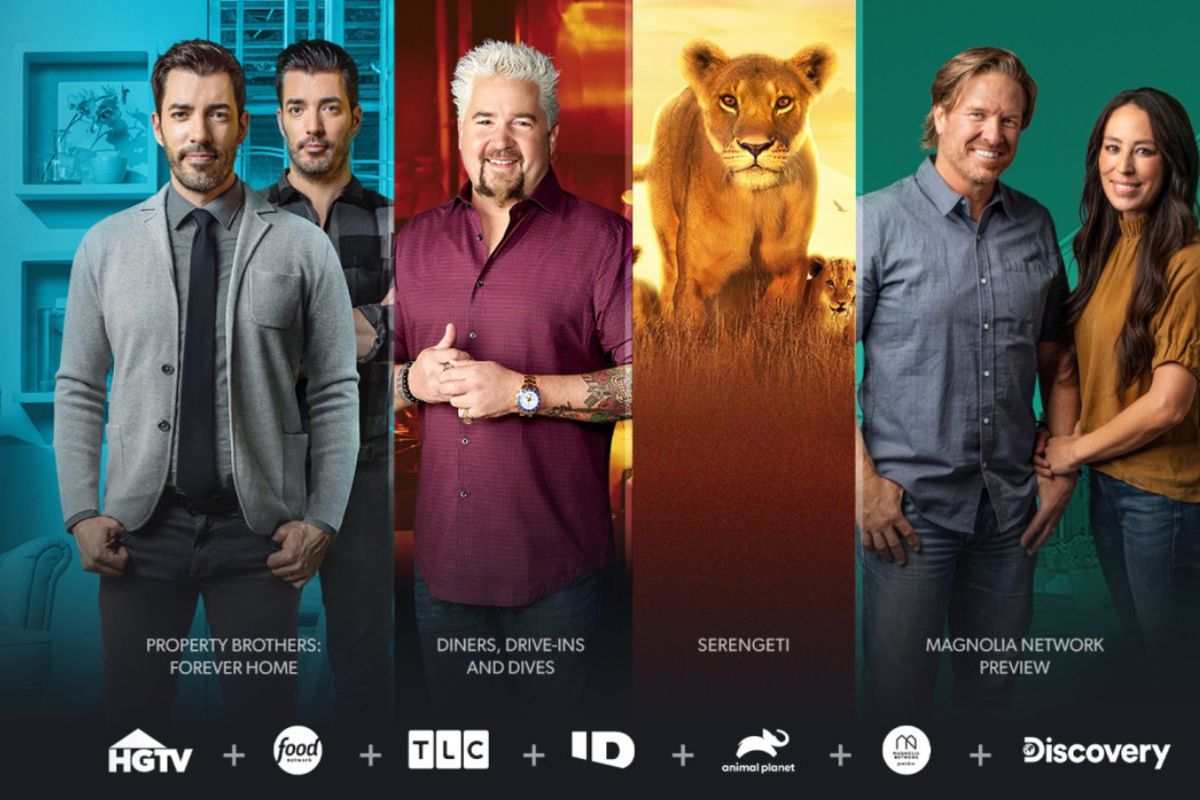In August, Discovery declared that it had accrued 18 million having to pay streaming subscribers to its direct-to-customer services, together with Discovery+ (which introduced in January). All those look like very good numbers, but the corporation is cutting ties with star-led tasks and expensive sequence in a strategic programming pivot. Why?
Bloomberg recently documented that Discovery+ was axing up to $35 million in programming charges, which includes the cancellation of a New York Times documentary about Louis C.K. and independent initiatives with stars Lupita Nyong’o and Kevin Costner. Even though these reveals may still be bought to new buyers, they will not live on Discovery+. The move comes as an sudden change. Discovery had expanded the scope of its programming outside of food items, unscripted, and property-enhancement exhibits to larger-profile docuseries and superstar-based mostly content for Discovery+.
The added expenditures may not be yielding the meant rewards, and that may possibly be driving the programming pivot. Discovery included just 5 million streaming subscribers from March to August. Commonly, Discovery would have been predicted to thrust by way of with added points of interest for possible subscribers. But the business will quickly be merging with WarnerMedia, which provides an avalanche of variables to take into account.
In September, Discovery CEO David Zaslav, who is set to run the put together business, reported that its streaming system had been decided, but did not publicly offer any specific information. HBO and HBO Max boast a blended 69.5 million subscribers and are projected to surpass 70 million complete by the end of the year. With this streaming infrastructure in position, Discovery+ does not always want to commit massive on information to compete with HBO. HBO Max can be Warner Bros. Discovery’s generalist support when Discovery+ can be its specialised system, which would help to clarify the cost-saving maneuvers. Then once more, it isn’t still crystal clear what form the company’s streaming operation will just take.
About 60 per cent of Discovery’s catalog unveiled in excess of the previous 3-to-five several years is life style and fact material. In that similar span, just 3 percent of WarnerMedia’s catalog falls into those genres. With each other, they characterize complementary enjoyment assets with unscripted and scripted fare combining for a comprehensive offer. But it is not nonetheless distinct if Discovery+, which expenses $7 for each month for its advertisement-free version, will be folded into HBO Max ($15) as a one company or offered as a Disney-style bundle. The lack of crossover attraction amongst the two information bases complicates the potential customers for the latter, although the mixed organization is predicted to be a streaming heavyweight over-all.
What is crystal clear is that Discovery’s technique is however in flux as it responds to current market variations. How that in the end shakes out for Discovery+ and HBO Max continues to be to be witnessed.

